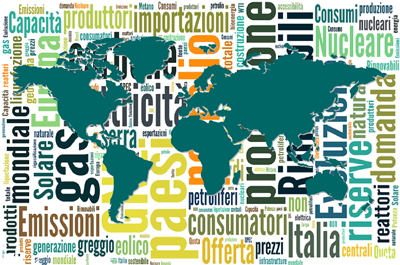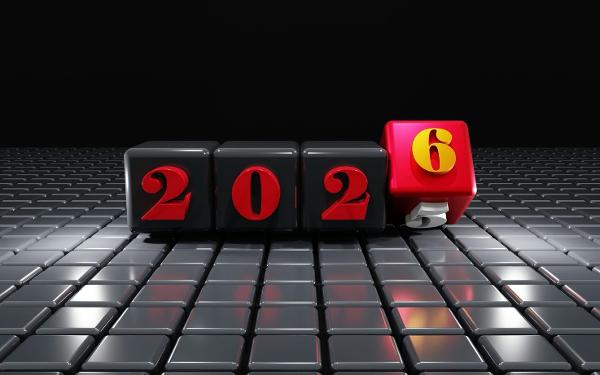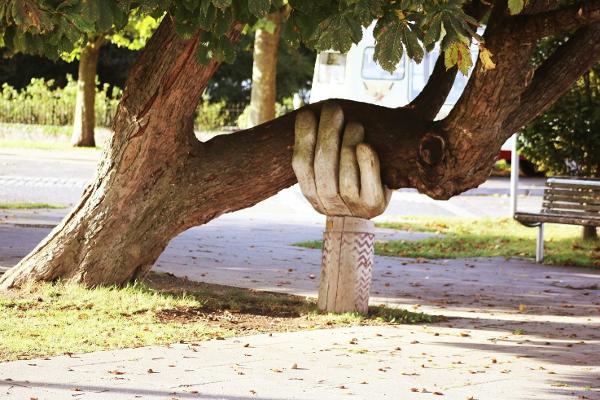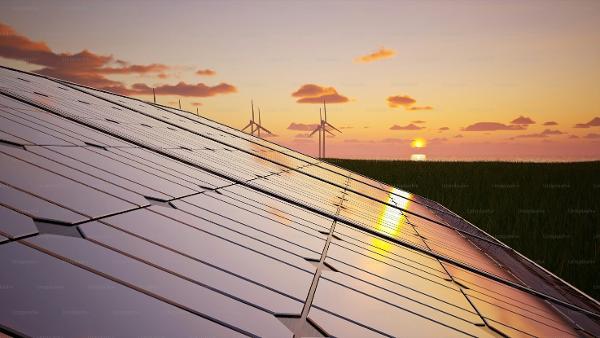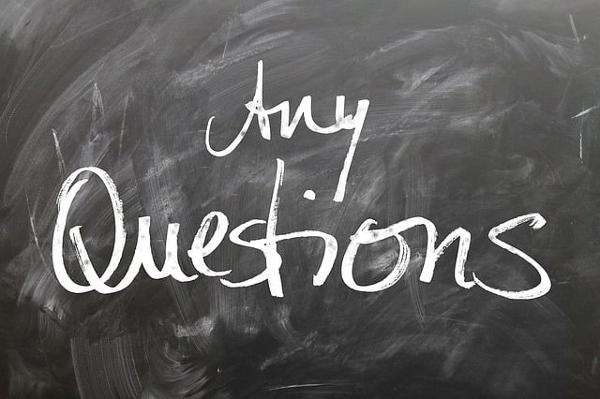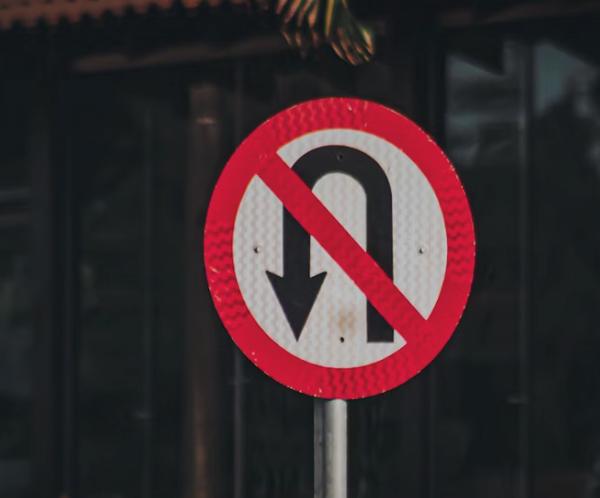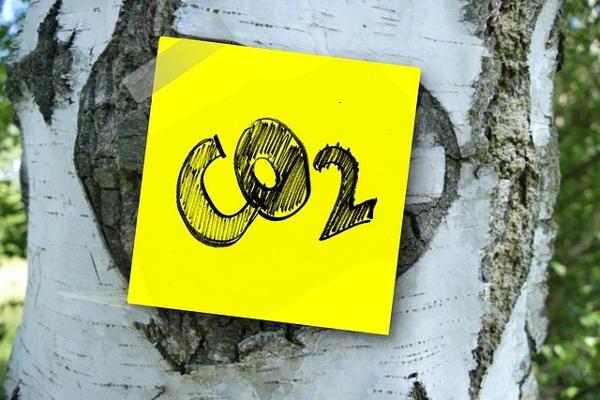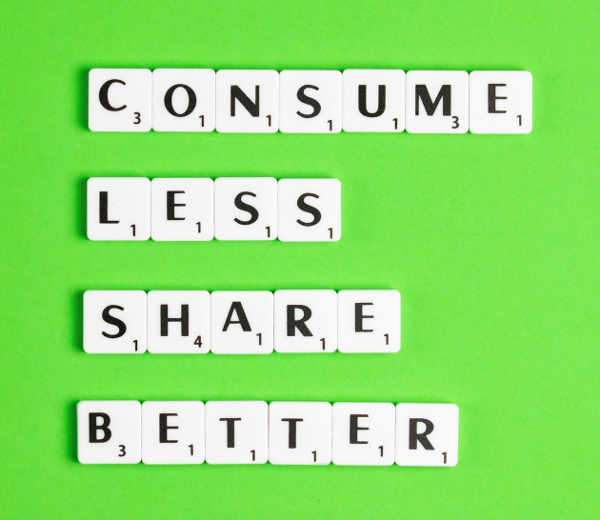Russia’s invasion of Ukraine and the resulting restrictions on gas supply to Europe from Russia, and the evermore urgent need to reduce emissions of greenhouse gases have increased focus on replacing fossil fuels for electricity generation. As a result, there seems to a trend for the nuclear option to be reconsidered even in countries which had previously seemed to have turned against it. However, this is far from the first time that renewed interest in nuclear has been reported but previous renaissances have come to nothing. It is now four decades since nuclear orders were placed in significant numbers. Will the latest projected revival amount to more?
For these purposes It is useful to divide Europe into East and West. In Eastern Europe there has long been support in principle for new nuclear power plants. But countries such as Czech Republic, Bulgaria, Hungary, Romania and Poland have made repeated attempts, often going back 15 years, to order new nuclear plants but only Hungary has actually placed an order. The order for the Paks project for two Russian supplied reactors was placed a decade ago but construction start continues to be delayed. Hungary’s Orban government seem determined not to let the invasion of Ukraine affect the project despite pressure from the EU to impose sanctions on Russia.
Of the other countries, previous failures have often been down to difficulties in financing the projects. Czech Republic and Poland are most advanced in their attempts to order new reactors, but firm orders are still some way off and far from certain despite strong government backing.
In Western Europe, the picture is more uneven. The countries that have been long-term supporters of new nuclear are France, UK and Finland, the three Western European actually building reactors, all using the French European Pressurised water Reactor (EPR) design. These projects have gone seriously wrong with the reactors in Finland and France (Olkiluoto and Flamanvile) nearly complete but 12 or more years late and 3-4 times over-budget. The UK project (Hinkley Point) is still about five years from completion but is already 3-4 years late and forecast costs are nearly double the contracted cost. The UK government has a target to install 24GW of new nuclear capacity (about 15 reactors) by 2050. The next project, Sizewell (also using the EPR design), is expected to be funded by institutional investors such as pension funds, but it will be difficult to develop a financial package that is low-enough risk to these investors without heaping all the risk on consumers. If this new model fails, it is even harder to see how the target could be met. Finland abandoned a reactor project (Hanhikivi) to be supplied by Russia in 2022 because of the Ukraine invasion with the project in the site preparation phase. Despite this poor history, Finland is looking for new reactor projects. France wants to build a tranche of six reactors completed from 2037 onwards to be followed by a further tranche of eight orders. How EDF, which for about five years has only been kept afloat by French government financial backing, can fund these plants is hard to see.
More surprising are the cases of Sweden, Netherlands and Italy, countries that had nuclear phase-out policies. The Swedish government is amending laws that would limit reactor deployment while the Netherlands has a target of completing two new reactors by 2035. The attempts in Italy are more covert. In March 2023, the French company, EDF signed an agreement with the Italian companies Ansaldo and Edison to collaborate on reactor development including large reactors and small modular reactors. The Edison CEO said: “This agreement lays the foundations for a concrete and open reflection on the role of new nuclear power in supporting Italian energy transition.”
Elsewhere, where new orders are less plausible, for example, Switzerland and Belgium, the emphasis is on retaining existing reactors in operation as long as possible, for at least 60 years, substantially longer than the reactor design life of typically 40 years. EDF is in the process of attempting to life-extend all 56 of its reactors to 60 years, a task likely to cost it around €100bn replacing worn out systems and adding new safety features to reflect lessons from Fukushima and elsewhere.
Small modular reactors (SMR), conventionally defined as reactors of 20-300MW (some designs are up to 500MW) are attracting a lot of publicity based on claims they will be cheaper, safer, quicker and easier to build than large reactors. However, these claims are untested, no commercial order has yet been placed for an SMR and no design that will be offered commercially has completed a comprehensive safety review by an experienced nuclear regulator. Despite the favourable publicity, SMRs seem, at most, a possible long-term option but with ample scope for them to fail to deliver.
There are three factors that are against a nuclear revival happening: cost, economic risk and finance, and the low credibility of the available designs. Nuclear costs are still going up in real terms while renewables costs are falling sharply and, for example, in the UK the latest off-shore wind projects will be paid only 40% of the price per kWh that Hinkley Point will be paid. Economic risk from cost escalation and construction delays is increasing and the ability of utilities to take that risk is declining. It is three or four decades since a nuclear reactor was built near time and cost in Europe. Utilities are under increasing pressure to compete and the days when cost overruns could be passed on to consumers without question are past.
There are five designs of large reactor on offer. The designs offered by Russia and China do not seem to be politically acceptable, at least for new orders, leaving the Framatome EPR (1600MW), the Westinghouse AP1000 and the Korean APR1400. All six orders for EPRs have gone badly wrong with even the two EPRs built in China about six years late and suffering a major technical problem that closed a reactor for more than a year. Framatome (now owned by EDF) is developing two variants on the existing design, EPR-2 and EPR-1200. It is claimed EPR-2 will be 25% cheaper than EPR and easier to build but Framatome will not offer the plant to international markets until the first EPR-2 can demonstrate the design in France, no earlier than 2037. EPR-1200 is for markets like the Czech Republic which require a smaller reactor. However, the design is at an early stage and with no confirmed markets, it is hard to see how Framatome can justify the expense of developing the design to commercial availability or how its first customers could justify buying the first-of-a-kind of a reactor.
The record of the AP1000 is no better than that of EPR with four reactors in China delayed and well over budget. Of the two orders in the USA, one had to be abandoned after four years of construction because costs and schedule were out of control while the other is at least six years late and costs are more than double those expected. Korea is a newcomer to the reactor export market, but the record of its design is only a little better than that of EPR and AP1000. Reactors in Korea are six or more years late and its one export, four reactors to UAE, is only partly finished and all are four years late and suffering significant teething problems.
The likelihood of success for this latest forecast nuclear revival seems low but the willingness of governments to believe that the nuclear option is worth one more chance does suggest this will not be the last attempted nuclear revival.











